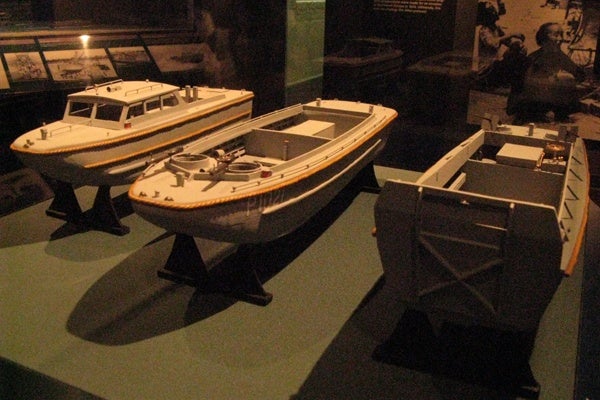NOAA: Measles-like virus likely responsible for recent dolphin die-off
Diagnostic tests have confirmed that a virus is the likely culprit for hundreds of dead or severely sick bottlenose dolphins washing ashore along portions of the East Coast since July, federal officials announced today.
The tentative cause of what government scientists deemed an “unusual mortality event” earlier this month is morbillivirus, a measles-like virus that has been suspected or confirmed positive in 100% of the 27 dolphins tested, according to a National Oceanic and Atmospheric Administration release.
Between July 1 and August 26, NOAA scientists report that 357 dolphins have died between New York and North Carolina, a figure that is over nine times the historical average for the region.
“All age classes of bottlenose dolphins are involved and strandings range from a few live animals to mostly dead animals with many very decomposed. Many dolphins have presented with lesions on their skin, mouth, joints, or lungs,” the NOAA release states.
In addition to the virus, scientists have also found brucella bacteria in joint, brain, or reproductive organ lesions in four dolphins.
Scientists will continue to investigate if there are additional contributory factors to the unusual mortality event.
Over 70 dolphins have died in New Jersey since July.
Marine Mammal Stranding Center Director Robert Schoelkopf previously said that some of the stricken marine mammals tested positive for morbillivirus.
“Dolphins swim close together in pods. Diseases spread between animals when they surface to breathe,” Schoelkopf said in a July 2013 N.J. Department of Environmental Protection release. “There is no evidence that the deaths we are seeing this summer are in any way related to water quality.”
While dolphins spread the disease to each other, humans are not at risk.
“All morbilliviruses known to date infect a small number of closely related species,” Jerry Saliki, a virologist with the University of Georgia, told Agence France-Presse. “So there is no indication that this virus could jump into humans given the species gap between marine mammals and humans.”
The last major bottlenose dolphin morbillivirus mortality event occurred between 1987 and 1988, involving over 740 animals spanning from New Jersey to Florida.
WHYY is your source for fact-based, in-depth journalism and information. As a nonprofit organization, we rely on financial support from readers like you. Please give today.















